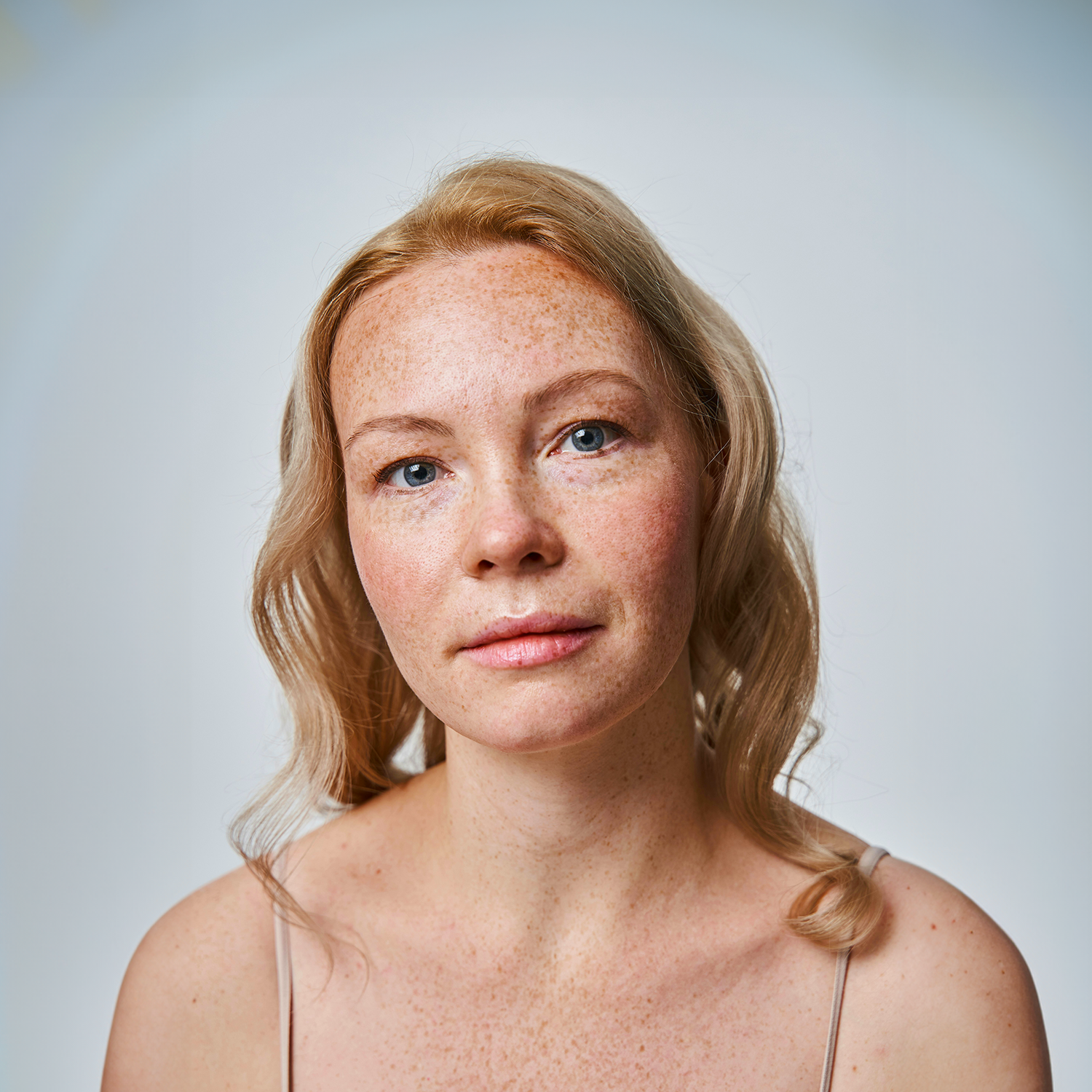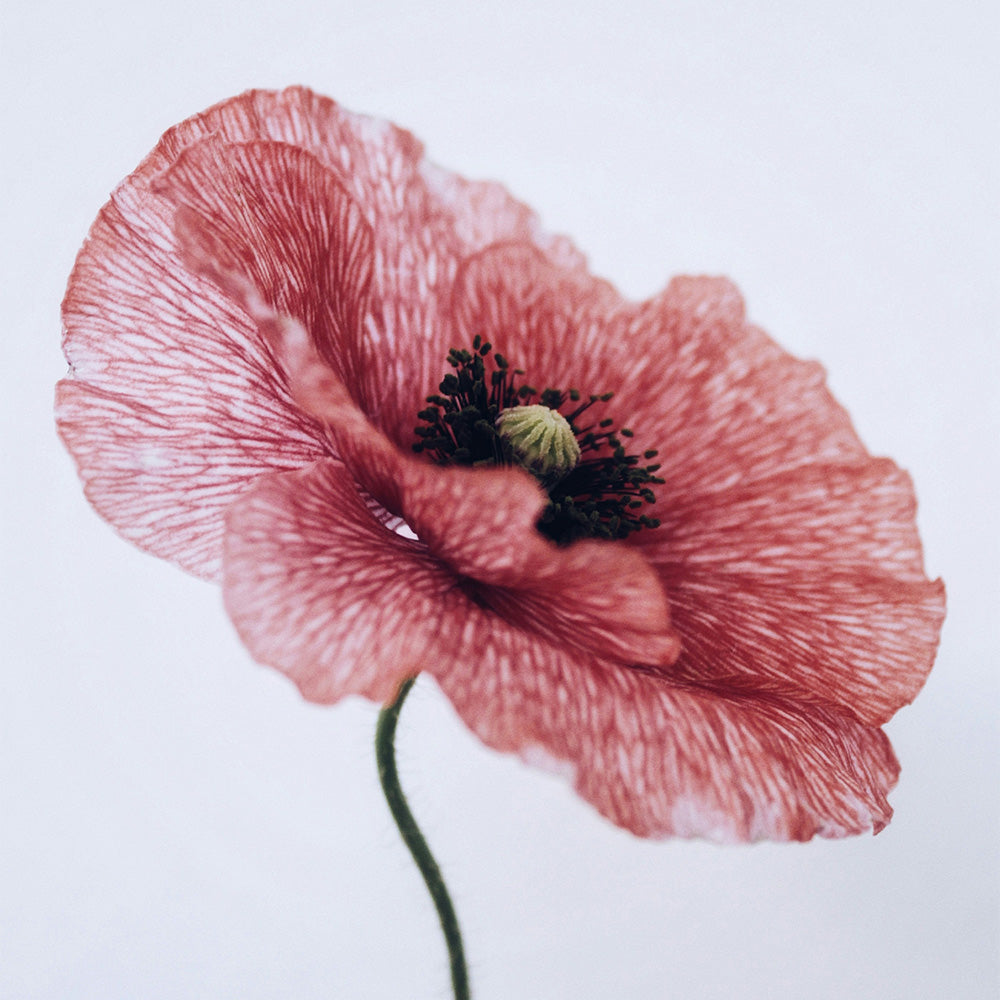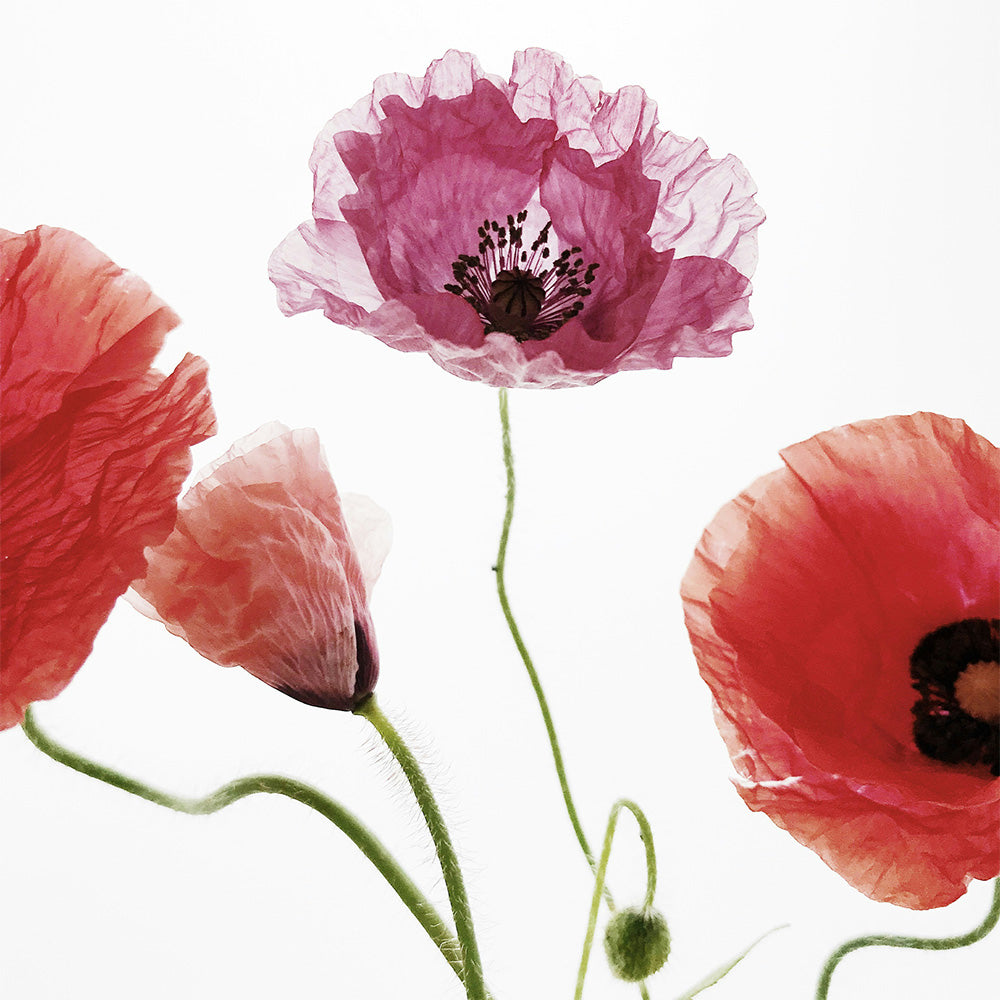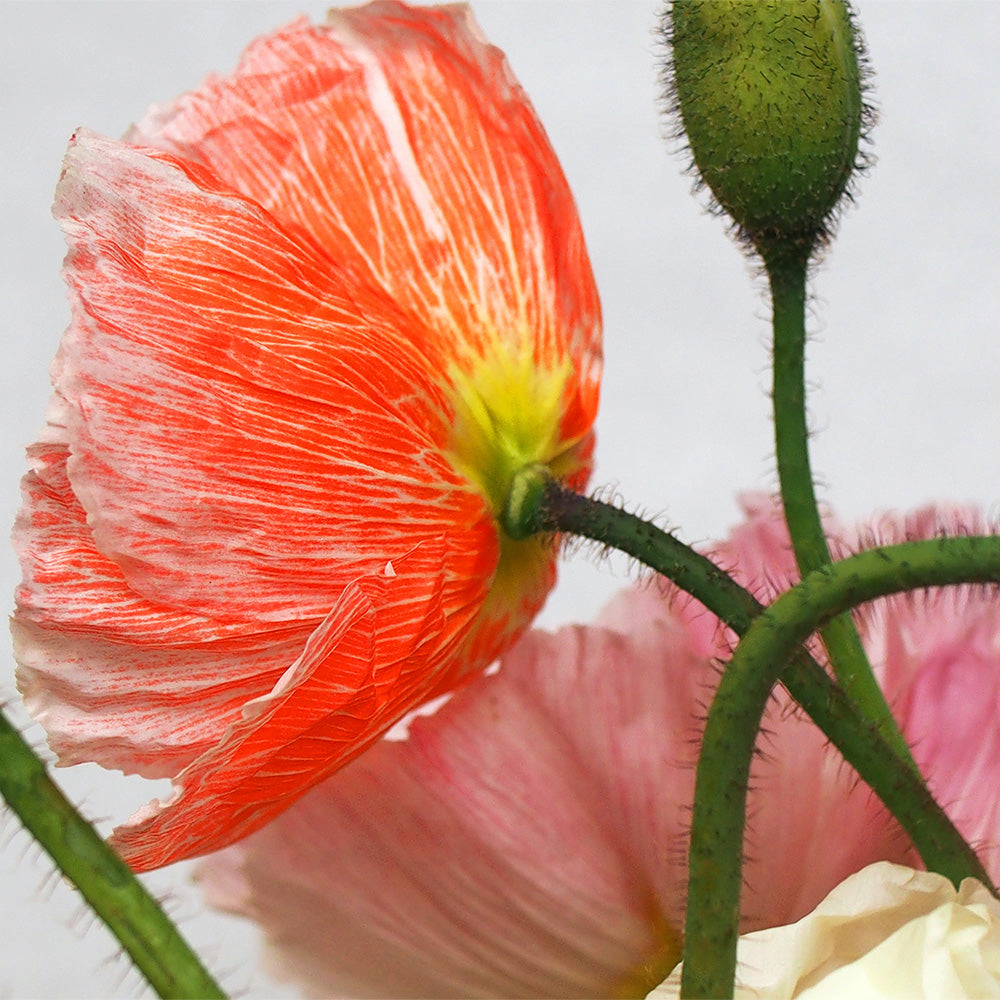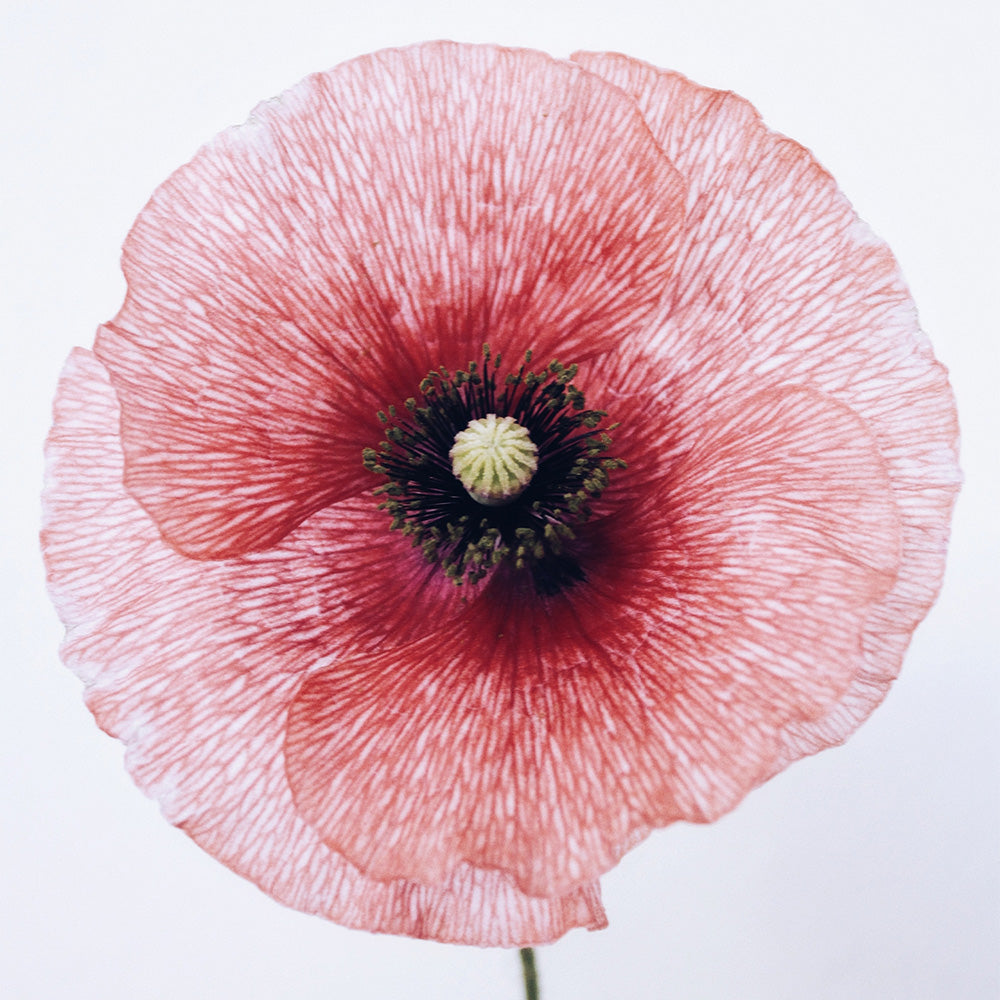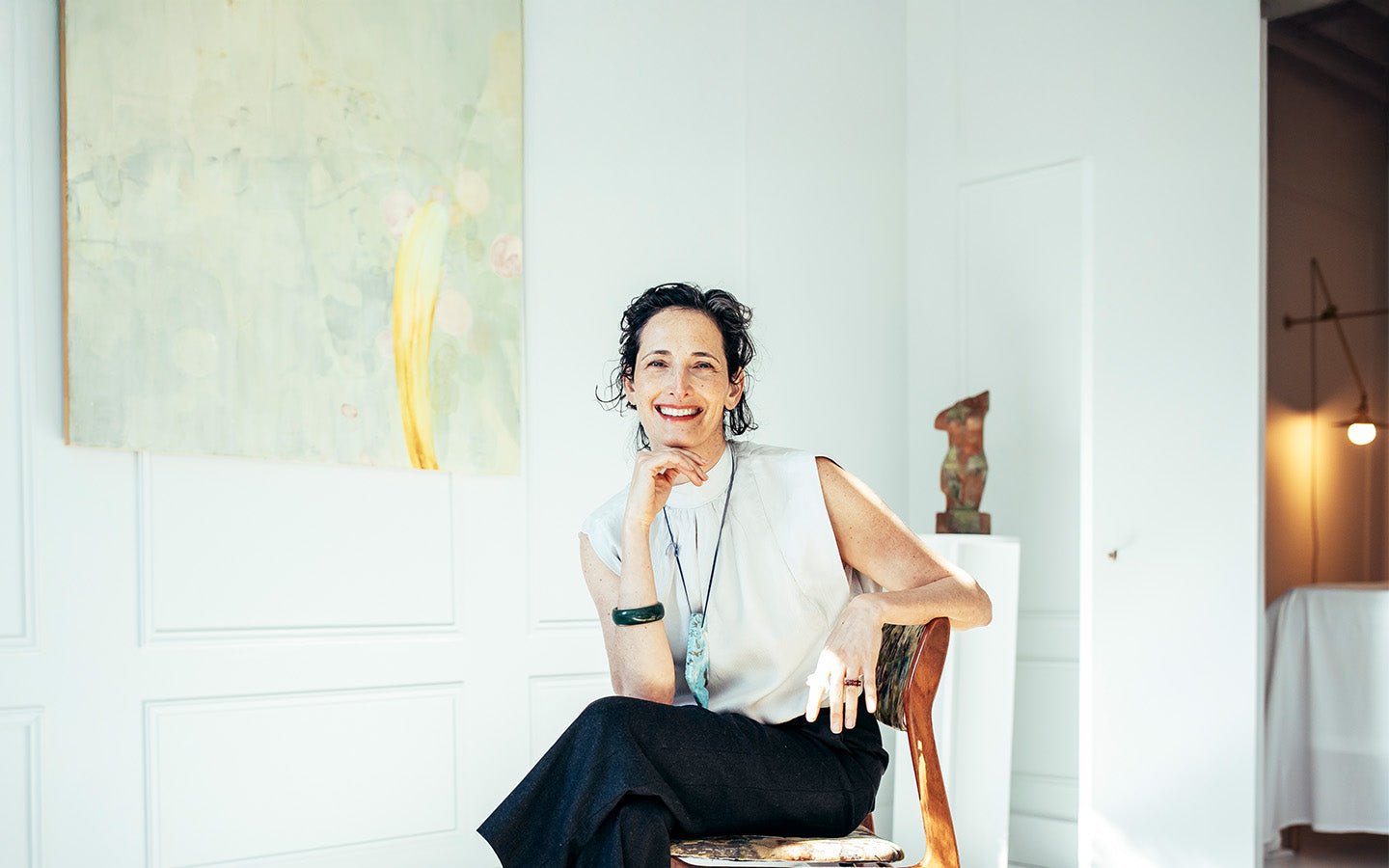
How Many Acupuncturists Are There in Our Wellness-Obsessed World?
We can attribute the mainstream introduction of acupuncture in America to President Nixon's 1971 trip to China. During the visit, New York Times journalist James Reston, who was accompanying Nixon, developed appendicitis and underwent an emergency appendectomy in Beijing.
Reston used acupuncture to manage his post-operative pain and was so impressed by the relief it provided that he wrote about his experience in The New York Times. This article likely introduced many Americans to traditional Chinese medicine (TCM) for the first time.
Below, we'll dive into some key statistics related to acupuncture and its practitioners.
Key Highlights
- There are currently over 34,500 licensed acupuncturists in the United States.
- California has the highest number of acupuncturists, with over 12,000 practitioners.
- The job outlook for acupuncturists is positive, with an expected growth rate of 18% by 2030.
- Acupuncturists must complete a master's degree and pass a licensing exam to practice.
- Acupuncture is recognized as an effective treatment for various health conditions, including pain management and mental health.
Top Acupuncture Statistics - (Editor’s Choice)
- There are approximately 35,000 licensed acupuncturists in the United States.
- This number is down from 2018, when an estimated 37,886 licensed acupuncturists were in the United States.
- There are approximately 9,370 employed acupuncturists in the U.S.
- The mean annual wage for acupuncturists is approximately $84,260.
- Over 7,000 clinical trials on acupuncture have been conducted globally since its introduction to the United States in 1973
Number of Licensed Acupuncturist
As of January 1, 2023, there were approximately 34,524 active licensed acupuncturists in the United States. After accounting for potential license duplication across multiple states, the number is estimated to be around 33,364.
Sources: PubMed, PubMed, US Bureau of Labor
The Rise of Acupuncture in the United States
Acupuncture was once seen as an unusual treatment in the United States. Now, it has become a common choice for many people. This change happened for several reasons. More people are aware of alternative medicine. There is also more scientific proof that acupuncture works. Plus, many like its holistic way of promoting health and well-being.
Additionally, many people are dealing with chronic pain and stress-related issues. Conventional medicine does not always help with every problem. Because of this, more individuals are turning to treatments like acupuncture.
Historical Overview and Modern Resurgence
Interest in Chinese medicine and acupuncture really took off after President Nixon visited China in 1971.
The story of his visit and New York Times journalist James Reston’s acupuncture experience caught many Americans' attention.
Shortly after that visit, Nevada became the first state to establish a legal framework for acupuncture. In 1973, Nevada enacted legislation recognizing and regulating acupuncture as a medical modality.
Current Trends in Acupuncture Practices
Contemporary acupuncture in the United States combines traditional Chinese medicine with modern healthcare. Acupuncturists often team up with other healthcare providers. This includes doctors, chiropractors, and physical therapists to give complete care to patients.
The field of acupuncture has also expanded. It now includes pain management, women's health, mental health, support for cancer patients, and facial acupuncture as an alternative to Botox injections. More people want specialized acupuncture, which has created practices focusing on specific groups or health issues.
Understanding the Profession
The practice of acupuncture in the United States is highly regulated. There are strict rules about education and licensing to keep patients safe and ensure acupuncturists are skilled. Those who want to become acupuncturists must go through thorough training. They need to meet certain standards to get a license and be able to practice legally.
This section will look into the education needed, the licensing steps, and the rules that affect acupuncture practice in different states in the US. Knowing this information is important for anyone thinking about a career in acupuncture. It is also helpful for patients who want to find qualified and licensed acupuncturists.
Educational Requirements for Becoming an Acupuncturist
In the United States, to be a licensed acupuncturist, you must complete certain education requirements. This usually ends with a master's degree from an approved acupuncture school. These programs often take three to four years. They cover the basics of Traditional Chinese Medicine (TCM). You will learn about acupuncture theory, point location, herbal medicine, and clinical practice.
Future acupuncturists also study Western medical sciences. This includes subjects like anatomy, physiology, and pathology. This helps them gain a complete view of healthcare. The Accreditation Commission for Acupuncture and Oriental Medicine (ACAOM) is important. They ensure the quality of acupuncture programs by accrediting those that follow strict rules.
Licensing and Regulations Across States
The rules for acupuncturists to get licensed can differ from state to state in the United States. Because of this, it is essential for those wanting to practice to learn about the specific requirements where they want to work. Usually, the standard steps include finishing a program accredited by ACAOM and passing the National Certification Examination for Acupuncture and Oriental Medicine (NCCAOM).
Many states also require acupuncturists to earn continuing education credits regularly. This helps them keep their license and stay updated on new information in the field. State acupuncture boards are responsible for overseeing the licensing process and making sure acupuncturists follow professional ethics and standards. This is done to protect the public's safety and well-being.
The Numbers: How Many Acupuncturists Are There?
Finding the exact number of acupuncturists can be confusing. This is because different states collect and report data in various ways. Still, the statistics we do have provide useful information. They help us understand the size and growth of the acupuncture workforce in the United States.
State-by-State Breakdown of Licensed Practitioners
As of 2018, about 37,886 people had licenses to practice acupuncture in the United States. This was a big increase from earlier years. The number of acupuncturists is not the same in all states. Some states have many more acupuncturists than others. This difference can happen because of population size, the presence of acupuncture schools, and how people view and want acupuncture services.
| State | Number of Licensed Acupuncturists | Acupuncturists per 100,000 Residents |
|---|---|---|
| California | 12,135 | 30.69 |
| New York | 4,438 | 22.47 |
| Florida | 2,705 | 12.44 |
| Colorado | 1,968 | 34.29 |
| New Jersey | 1,484 | 16.72 |
| National Average | - | 11.63 |
Table: State-by-State Breakdown of Licensed Acupuncturists (Data from a 2018 study published in the Journal of Integrative Medicine)
Comparison with Other Health Professionals
The Bureau of Labor Statistics shares information about the size and pay of different healthcare jobs. This helps us compare acupuncturists with other professions. The number of acupuncturists is much smaller than that of doctors or nurses, but its growth rate is expected to be higher than many healthcare jobs.
This promising job outlook shows that more people want acupuncture services and are accepting it in regular healthcare. As of May 2021, the median annual wage for acupuncturists was $82,420. This shows that there is good earning potential in this career.
The Impact of Acupuncture on Healthcare
As acupuncture becomes more popular, it is clear that it affects healthcare positively. Both patient stories and scientific studies show that acupuncture is helpful for many health issues. This part will look at the effects of acupuncture by examining what patients have experienced and what research has discovered.
Patient Testimonials and Success Stories
Many patient reviews show how acupuncture can change lives. It helps with pain relief, better movement, and overall health. People with long-term issues like arthritis, back pain, and migraines often say they feel much less pain and enjoy a better quality of life after getting acupuncture. They also appreciate that acupuncture looks at the whole person, helping with physical, emotional, and mental health.
Research and Studies Supporting Acupuncture
The benefits of acupuncture are now backed by research, not just personal stories. Studies show that acupuncture can help with chronic pain, reduce nausea and vomiting, improve sleep, and ease symptoms from cancer treatment.
The National Institutes of Health says acupuncture is a safe and effective option for certain health issues. This supports its role in regular healthcare. More research is being done to understand how acupuncture works and to find new ways to treat different health problems.
Conclusion
To sum it up, acupuncture has become more popular in the United States. Many licensed practitioners now offer this type of healthcare. It is important to understand what the job involves, what training is needed, and the rules in each state. Patient stories and research show that acupuncture can help with health issues. As more people want natural ways to feel better, acupuncture is ready to have a real impact on health and well-being. If you are thinking about trying acupuncture, talk to a licensed professional to see how it can help you.
Frequently Asked Questions
What are the most common conditions treated by acupuncturists?
In clinical practice in the United States, acupuncturists often help with various health problems. These include long-lasting pain like back pain, neck pain, and headaches. They also address muscle and joint issues, anxiety, depression, and trouble sleeping. Additionally, they assist with women's health issues, such as problems with menstrual cycles, infertility, and menopause symptoms.
